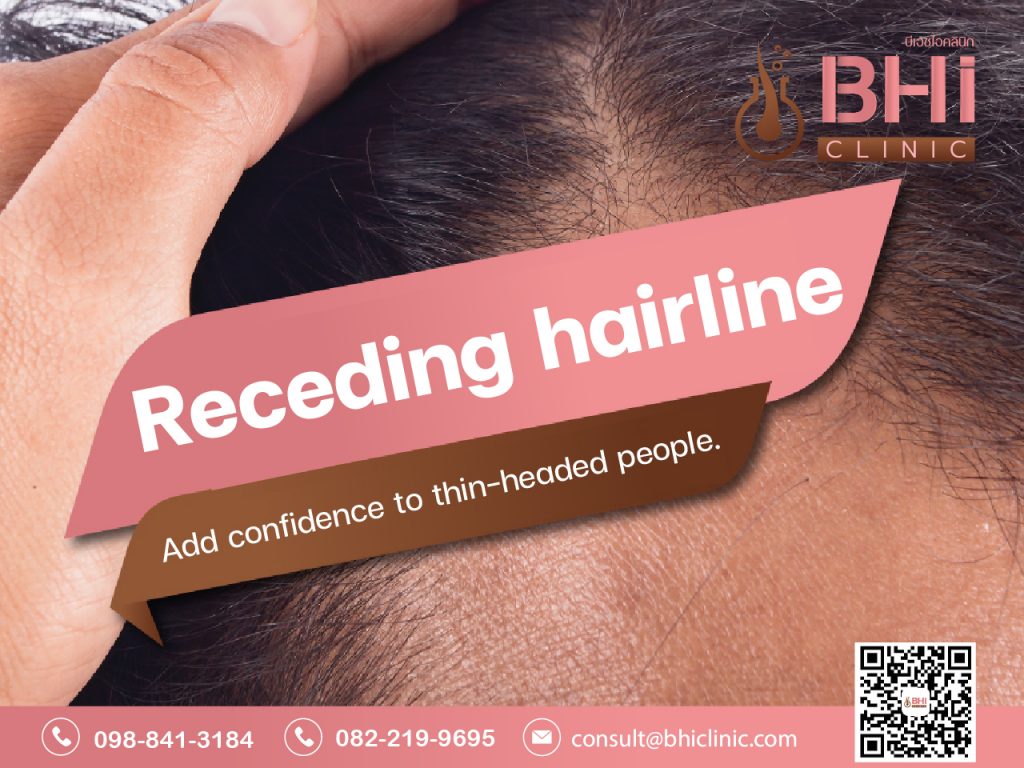Forehead recession, also known as a receding hairline or frontal hairline recession, refers to the gradual and natural movement of the hairline upward on the forehead. This often occurs as a result of aging and is a common characteristic of male pattern baldness (androgenetic alopecia). However, it can also affect some women and individuals of different ages due to various factors.
Frontal hairline recession is typically more pronounced in individuals with a genetic predisposition to hair loss. The hairline may gradually move back, creating a more prominent forehead and exposing more of the forehead skin. This can lead to changes in the overall appearance of the face.
Factors contributing to forehead recession include:
- Genetics: Family history plays a significant role in determining whether an individual will experience hairline recession. Genetic factors influence the sensitivity of hair follicles to hormones and the pattern of hair loss.
- Hormonal Changes: Hormones, particularly dihydrotestosterone (DHT), are associated with male pattern baldness. DHT can shrink hair follicles and lead to thinner and shorter hair growth.
- Age: Aging is a natural process that can affect hair growth and hairline position. As people age, hair follicles may become less active, leading to thinner and shorter hair strands.
- Androgenetic Alopecia: This hereditary condition is the most common cause of hair loss, including frontal hairline recession.
- Stress and Lifestyle: High stress levels and certain lifestyle factors can potentially contribute to hair loss or exacerbate existing hair loss conditions.
- Medical Conditions: Certain medical conditions, medications, or hormonal imbalances can affect hair growth and contribute to hairline recession.
It’s important to note that while frontal hairline recession is a common and usually harmless condition, it can impact an individual’s self-esteem and body image. For individuals who are bothered by their hairline recession, various options are available, including:
- Hairstyling: Choosing suitable hairstyles and haircuts can help conceal or minimize the appearance of a receding hairline.
- Medical Treatments: FDA-approved medications like minoxidil and finasteride may slow down hair loss and promote regrowth in some cases.
- Hair Transplantation: Surgical procedures, such as hair transplantation, can restore hair in areas of recession by transplanting healthy hair follicles from other parts of the scalp.
- Cosmetic Procedures: Scalp micropigmentation (a form of tattooing) and hair fibers can be used to create the illusion of a fuller hairline.
If you are concerned about forehead recession or hair loss, consulting a dermatologist or healthcare professional can help you understand the cause, available treatment options, and make informed decisions based on your individual needs and preferences.




